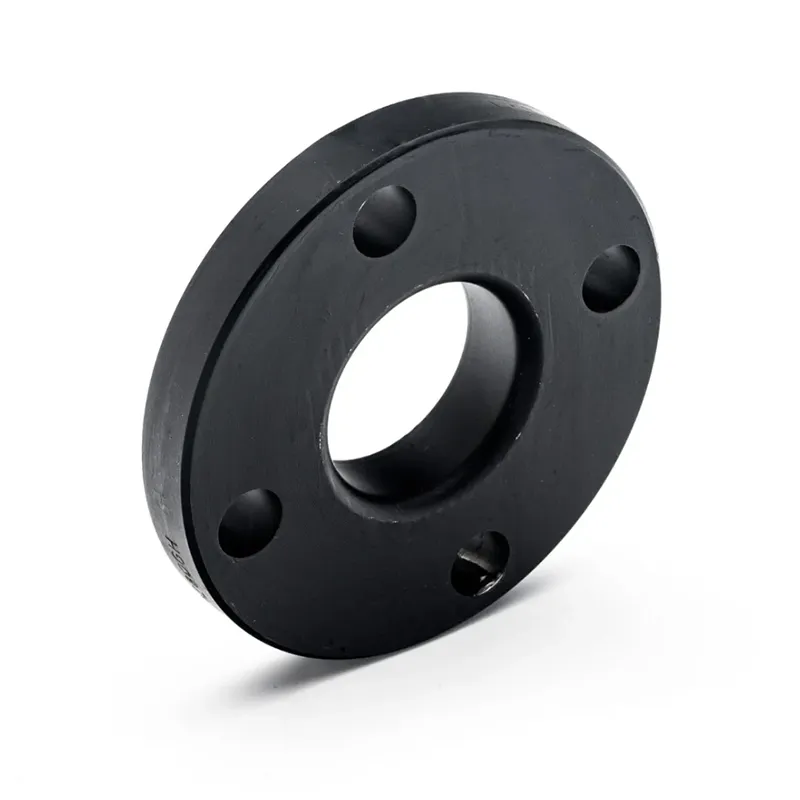-
Cangzhou Yulong Steel Co., Ltd.
-
Phone:
+86 13303177267 -
Email:
admin@ylsteelfittings.com
- English
- Arabic
- Italian
- Spanish
- Portuguese
- German
- kazakh
- Persian
- Greek
- French
- Russian
- Polish
- Thai
- Indonesian
- Vietnamese
- Zulu
- Korean
- Uzbek
- Hindi
- Serbian
- Malay
- Ukrainian
- Gujarati
- Haitian Creole
- hausa
- hawaiian
- Hebrew
- Miao
- Hungarian
- Icelandic
- igbo
- irish
- Japanese
- Javanese
- Kannada
- Khmer
- Rwandese
- Afrikaans
- Albanian
- Amharic
- Armenian
- Azerbaijani
- Basque
- Belarusian
- Bengali
- Bosnian
- Bulgarian
- Catalan
- Cebuano
- China
- China (Taiwan)
- Corsican
- Croatian
- Czech
- Danish
- Esperanto
- Estonian
- Finnish
- Frisian
- Galician
- Georgian
- Kurdish
- Kyrgyz
- Lao
- Latin
- Latvian
- Lithuanian
- Luxembourgish
- Macedonian
- Malgashi
- Malayalam
- Maltese
- Maori
- Marathi
- Mongolian
- Myanmar
- Nepali
- Norwegian
- Norwegian
- Occitan
- Pashto
- Dutch
- Punjabi
- Romanian
- Samoan
- Scottish Gaelic
- Sesotho
- Shona
- Sindhi
- Sinhala
- Slovak
- Slovenian
- Somali
- Sundanese
- Swahili
- Swedish
- Tagalog
- Tajik
- Tamil
- Tatar
- Telugu
- Turkish
- Turkmen
- Urdu
- Uighur
- Welsh
- Bantu
- Yiddish
- Yoruba

Jan . 01, 2025 13:53 Back to list
Techniques and Best Practices for Welding Round Pipes in Various Industries
Round Pipe Welding A Comprehensive Guide
Round pipe welding is a crucial process in various industries, including construction, shipbuilding, automotive, and manufacturing. This technique involves the joining of cylindrical pipes, which are prevalent in many applications, from structural frameworks to fluid transport systems. This article aims to provide an in-depth understanding of round pipe welding, its methods, advantages, challenges, and best practices.
Understanding Round Pipe Welding
Round pipe welding refers to the process of fusing together the edges of two or more cylindrical pipes using heat, pressure, or a combination of both. The main objective is to create a strong, durable bond that is capable of withstanding various environmental factors and operational stresses. Different welding techniques can be employed, each with its own set of advantages and applications.
Common Welding Methods
1. MIG Welding (Metal Inert Gas Welding) MIG welding is widely used for round pipe welding due to its versatility and efficiency. This method employs a continuous wire feed to create an arc between the electrode and the workpiece, allowing for a clean, precise weld. It is particularly effective for thin-walled pipes and can be used with various metals, including stainless steel and aluminum.
2. TIG Welding (Tungsten Inert Gas Welding) TIG welding is known for its high-quality results and control, making it ideal for situations requiring a clean finish and minimal distortion. A non-consumable tungsten electrode generates the weld pool, while a filler rod can be added as needed. This method is often preferred for stainless steel round pipe welding, especially in applications where aesthetics and strength are paramount.
3. Stick Welding (Shielded Metal Arc Welding) Stick welding is a more traditional method that uses a consumable electrode coated with flux to protect the weld area from contamination. While it may be less commonly used for round pipes compared to MIG and TIG, it is beneficial in outdoor environments or situations where electricity supply is unreliable.
4. Submerged Arc Welding This method involves the formation of an arc between a continuously fed electrode and the workpiece beneath a blanket of granular flux. It is particularly effective for thick-walled round pipes and large-scale projects due to its deep penetration and high welding speed.
Advantages of Round Pipe Welding
- Strength and Durability Properly executed welds can create joints that are stronger than the pipe itself, ensuring long-lasting performance in various applications.
- Versatility Round pipe welding can be applied to a wide range of materials, making it suitable for diverse industries.
- Cost-Effectiveness Automated welding processes, particularly MIG and TIG welding, can significantly reduce labor costs and increase productivity
.round pipe welding

- Minimized Material Waste Precision in the welding process reduces the amount of material wasted, contributing to lower overall project costs.
Challenges in Round Pipe Welding
Despite its advantages, round pipe welding does come with challenges
- Alignment Issues Ensuring that pipes are properly aligned before welding is crucial for creating a strong joint. Misalignment can lead to weak spots and failures in the weld.
- Heat Management Excessive heat can cause warping or distortion. Proper heat control is essential to maintain the integrity of the pipes.
- Access and Positioning The cylindrical shape of pipes can make access difficult, especially in confined spaces. Specialized tools and techniques may be necessary.
Best Practices for Round Pipe Welding
1. Preparation Proper cleaning and preparation of the pipe surfaces are essential for achieving high-quality welds.
2. Select the Right Method Choose the welding method based on the specific requirements of the project, including material type, thickness, and environmental conditions.
3. Use Quality Materials Ensure that filler materials and welding rods meet industry standards to avoid contamination and defects in the weld.
4. Skilled Workforce Employ experienced and skilled welders who understand the intricacies of round pipe welding.
Conclusion
Round pipe welding is an indispensable process that supports various industries. By understanding the methods, advantages, challenges, and adhering to best practices, companies can ensure the safety and efficacy of their welded structures. As technology advances, the techniques for round pipe welding continue to evolve, making it a dynamic field of study and practice.
Latest news
-
ANSI 150P SS304 SO FLANGE
NewsFeb.14,2025
-
ASTM A333GR6 STEEL PIPE
NewsJan.20,2025
-
ANSI B16.5 WELDING NECK FLANGE
NewsJan.15,2026
-
ANSI B16.5 SLIP-ON FLANGE
NewsApr.19,2024
-
SABS 1123 FLANGE
NewsJan.15,2025
-
DIN86044 PLATE FLANGE
NewsApr.19,2024
-
DIN2527 BLIND FLANGE
NewsApr.12,2024
-
JIS B2311 Butt-Welding Fittings LR/SR 45°/90° /180°Seamless/Weld
NewsApr.23,2024











